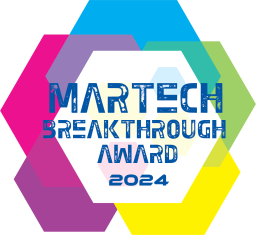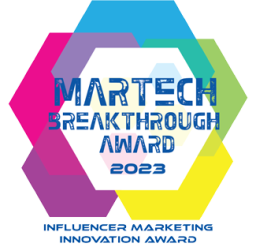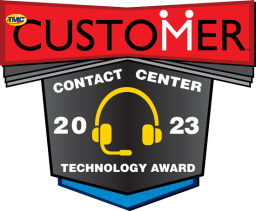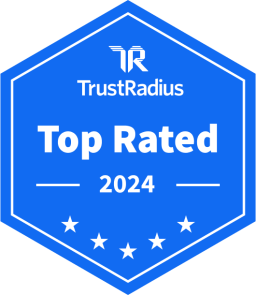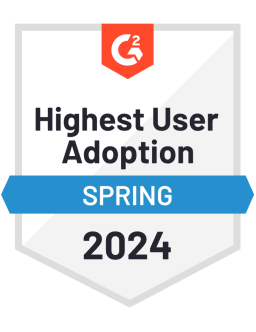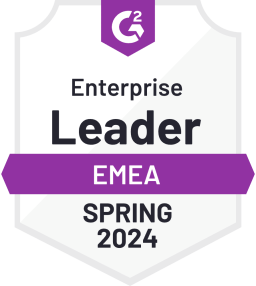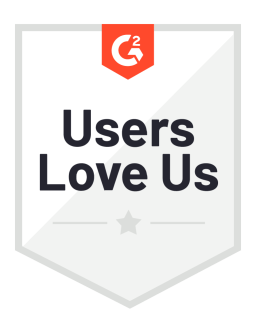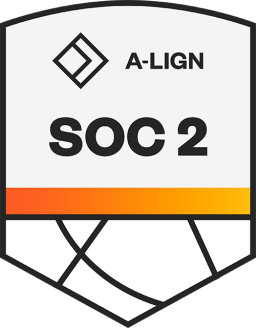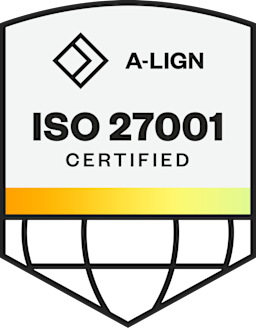To consumers, contact centers seem pretty simple—they call in and you answer the phone. Piece of cake. But anyone who’s actually worked in one knows that’s nowhere close to the truth. In reality, running a contact center takes strategy, creativity, flexibility, foresight, analysis…the list goes on and on.
Over time, experts have developed models that you can use as a framework for setting up and operating your contact center. Which one you select depends on your company’s goals, the needs of your customers, your budget, and many other factors. This is definitely not a “one size fits all” endeavor.
To help you get started, we put together this guide to the four most common contact center models.
Call center business model #1: Skills-based routing
This model runs on the idea that customers are better served by an agent who has additional training for their specific needs. Interactions are prescreened to understand the issue at hand, and then routed to an agent skilled in that area.
The pros
Easier agent training
Agents only have to learn the information applicable to their assigned area, and their knowledge and experience build up more quickly because every interaction helps reinforce their training.
Higher first-contact resolution rates
When agents are specifically trained to handle every issue that comes their way, they can resolve them more quickly and get it right the first time.
The cons
Higher transfer rates
Only the best software can reliably process each customer’s description of their problem to accurately identify the intent. As a result, interactions are often routed to the wrong skills area, and must be transferred to an agent who is actually equipped to handle them.
Less protection for inexperienced agents
Even when the system does correctly identify the topic, it doesn’t account for complexity, and inexperienced agents often receive issues they’re not prepared to handle.
Fewer cross-sales
If agents aren’t knowledgeable about the company’s other available products and services, they make fewer attempts at selling them and are less successful when they do try.
Call center business model #2: Super agents
The Super Agents model flips the Skills-Based model on its head by creating a team of generalists who can each handle any interaction, no matter the topic. The key to this model is technology.
Robust customer self-service
In this model, the first line of defense is self-service. For most companies, the majority of requests are fairly simple—changing an address, requesting a bank balance, tracking an order, etc.—which can easily be handled by self-service.
Easy-to-access knowledge base
With self-service taking care of up to 80% of interactions, agents will be presented with more complex issues than in a typical contact center. That’s why access to a comprehensive knowledge base is so important.
Sophisticated agent guidance
With such complex issues, agents won’t necessarily know the right course of action. The right customer engagement platform uses customer information, interaction history, and current context to suggest a personalized next best action at every step.
Internal chat
Some software even allows agents to chat with their supervisors on the same screen, helping them access yet another resource without putting the customer on hold.
The pros
Lower transfer rates
When agents have access to the information they need, they don’t have to transfer an interaction just because they haven’t been specifically trained for it.
Easier agent training
It seems like training time should be longer to ensure that all agents can handle any complex interaction, but the bulk of the training is actually focused on helping them learn the software.
The cons
Longer resolution times
While this is technically a con, it’s somewhat misleading. Yes, the average resolution time will be higher, but that’s only because the simpler interactions that would typically bring the average down are being handled by self-service.
Less protection for inexperienced agents
New agents are just as likely to be presented with complicated issues as agents with years of experience. This not only puts the inexperienced agents in over their head, but also wastes the valuable time of veterans.
Call center business model #3: Multi-channel blending
In this model, each agent handles interactions that come in through any customer communication channel the company offers, which can include phone, email, social, and live chat/messaging.
The pros
Improved omnichannel capabilities
Blending enables a contact center to provide a true omnichannel experience. Customers can move between channels without having to restart a conversation.
Easier scalability and scheduling
In an "unblended" contact center, scaling the size or adjusting working hours is much more complicated because the types of interactions must be considered along with the volume. Using this model greatly simplifies the process.
Increased productivity and efficiency
Agents can use their time more effectively by taking advantage of lulls in one channel to handle interactions in another. As an example, when call volume is low, employees can catch up on a backlog of emails or respond to non-urgent social posts.
The cons
Reduced productivity and efficiency
It’s well documented that multitasking actually makes people less productive, and asking agents to switch from task to task has the same effect. So that increased efficiency we just talked about might not exist after all.
Increased recruiting requirements
Forrester reports that one out of three contact centers exclusively hires agents capable of serving all channels, but different skills are needed to successfully use each of the various channels: Someone who is at ease on a phone call may have trouble nailing down the right tone for a social post.
More complicated metrics
A productivity goal for a single interaction type is simple to set up and measure. But one that covers all types of interactions involves more complex calculations to avoid comparing apples to oranges.
Call center business model #4: Segmented service
Similar to the Skills-Based model, this model puts interactions into various categories. But what’s different is that it looks at the characteristics of the individual, not the issue. Companies use this model to address business objectives by prioritizing specific subsets of customers.
The pros
Increased retention (Segment: customers at a crossroads)
One example in this group is a customer whose contract is up in the next few months initiating a chat to ask about the details. Under this model, they would be routed to an experienced agent to first attempt to renew the contract.
More upselling and cross-selling opportunities (Segment: high-potential customers)
This category could include, among others, a customer who previously made large purchases, a consumer currently browsing high-ticket items on the e-commerce site, or a customer who recently bought an item but not its accessories. Ideally, this group would be routed to an agent with sales training.
Improved brand reputation (Segment: influential customers)
You’ve likely seen this scenario play out: A celebrity tweets at a brand with a complaint and gets an immediate response. That happens because customers with a lot of followers are pushed to the top of the queue.
Account reinstatement (Segment: delinquent customers)
Data is used to identify customers with overdue accounts or outstanding balances. Regardless of their issue, they are immediately routed to an automated payment system or an agent trained in collections.
Customer experience (Segment: loyal customers)
The example that stands out here is connecting a customer with an agent they’ve worked with before. In addition to creating the consistent experience consumers crave, the agent has the opportunity to build a personal relationship with the customer, which has been shown to increase loyalty and drive brand advocacy.
The cons
Increased hold times
Depending on how the model is set up, customers may have to wait longer in order to be connected with the best-suited agent.
Missed opportunities
What happens if a customer belongs to two groups? Is an upsell opportunity lost because they’re directed to the agent they talked to previously, who isn’t great at sales?
As we said, one size does not fit all when it comes to selecting a model. For some companies, none of the options is quite right, so they decide to pick and choose and create their own. With over 20 years of experience helping contact centers succeed, Emplifi has some significant insight into what works (and what doesn’t). We’d love to talk to you about your specific needs and show you how our software can be customized to meet them. Set up a demo today.
Editor's Note: This article was originally published on astutesolutions.com. Any statistics or statements included in this article were current at the time of original publication.














